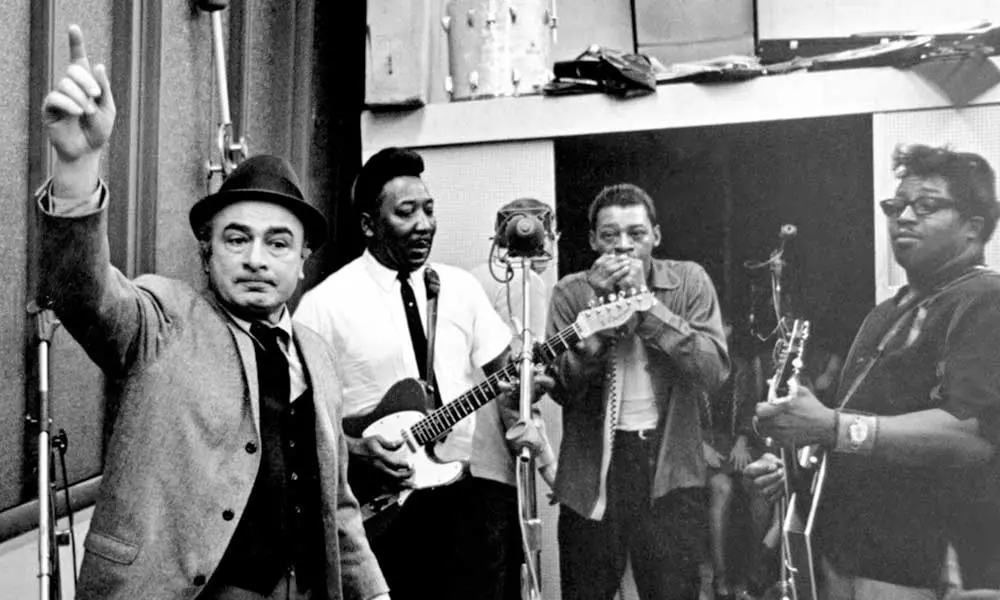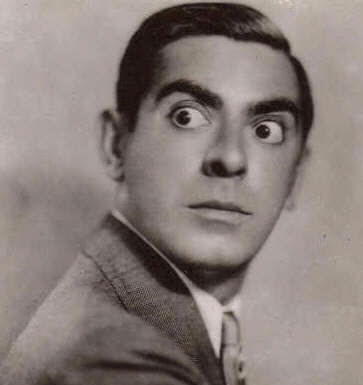Zeeba Neighba
Staff member
Been a bit aimless with my musical listening lately (which is OK), but I have been looking for a new idea to guide my listening. Have been batting around ideas about a nice chronological overview that mixes genres with a sense of historical progression of music. But how many years or styles to cover? Well, here we are - going way back and covering the last century of popular recorded music from the 1920s ending next year in 1920
But Zeeba, you say, recorded music started prior to 1920. Why start there? The 1920s seems a nice jumping off place for a couple of reasons - first popular recordings really start increasing in popularity in that decade. In fact, record sales started exceeding sheet music sales around 1925. As acoustical recording became replaced by the electrical recording in this decade, quality became clearing. Microphone technology changed the sound of music to the big Broadway belters like Al Jolson to, by the end of the decade, crooners like Rudy Vallee and Bing Crosby. Jazz, which would be the most popular musical genre of the next 3 decades, was first recorded in 1917. And practically...unless your name is OjaiSam, 1920s music is far more accessible especially as many of the top 1920s artists are still pretty well known today.
My plan: for the first 3 decades, I plan to spend about 2 weeks on each of the 1920s, 30s, and 40s. Then as I get into the 1950s and the album era, plan to spend a week per year. All genres are at play - country, rock, hip hop, jazz (maybe not a lot of classical) as well as the popular hits of the era. Sure there's gonna be some stuff missed but I feel I can accomplish a nice overview. If done right, I should be done by the end of 2020. Not gonna listen exclusively to the thread (do like my Christmas music, for example in December) but gonna be a lot of listening related to this thread.
I'm hoping I stick with this as it's a long project (certainly I've dropped a few projects along the way) - but really excited about this one. I welcome any contributions/posts, but also realize this might not interest everyone so have used a separate thread to allow people who might not be to simply pass. Here's hoping it goes well
But Zeeba, you say, recorded music started prior to 1920. Why start there? The 1920s seems a nice jumping off place for a couple of reasons - first popular recordings really start increasing in popularity in that decade. In fact, record sales started exceeding sheet music sales around 1925. As acoustical recording became replaced by the electrical recording in this decade, quality became clearing. Microphone technology changed the sound of music to the big Broadway belters like Al Jolson to, by the end of the decade, crooners like Rudy Vallee and Bing Crosby. Jazz, which would be the most popular musical genre of the next 3 decades, was first recorded in 1917. And practically...unless your name is OjaiSam, 1920s music is far more accessible especially as many of the top 1920s artists are still pretty well known today.
My plan: for the first 3 decades, I plan to spend about 2 weeks on each of the 1920s, 30s, and 40s. Then as I get into the 1950s and the album era, plan to spend a week per year. All genres are at play - country, rock, hip hop, jazz (maybe not a lot of classical) as well as the popular hits of the era. Sure there's gonna be some stuff missed but I feel I can accomplish a nice overview. If done right, I should be done by the end of 2020. Not gonna listen exclusively to the thread (do like my Christmas music, for example in December) but gonna be a lot of listening related to this thread.
I'm hoping I stick with this as it's a long project (certainly I've dropped a few projects along the way) - but really excited about this one. I welcome any contributions/posts, but also realize this might not interest everyone so have used a separate thread to allow people who might not be to simply pass. Here's hoping it goes well





![Columbia 1 (1920's Jazz Vocals) [Recorded 1920-1921] Columbia 1 (1920's Jazz Vocals) [Recorded 1920-1921]](https://m.media-amazon.com/images/I/712PweX5H2L._AC_UY218_.jpg)
![Columbia 2 (1920's Jazz Vocals) [Recorded 1921-1922] Columbia 2 (1920's Jazz Vocals) [Recorded 1921-1922]](https://m.media-amazon.com/images/I/71ckNOS6aoL._AC_UY218_.jpg)




:format(jpeg):mode_rgb():quality(90)/discogs-images/R-11449635-1516543303-6806.jpeg.jpg)






:format(jpeg):mode_rgb():quality(90)/discogs-images/A-900371-1269030535.jpeg.jpg)

:format(jpeg):mode_rgb():quality(90)/discogs-images/R-6745662-1425752748-2289.jpeg.jpg)